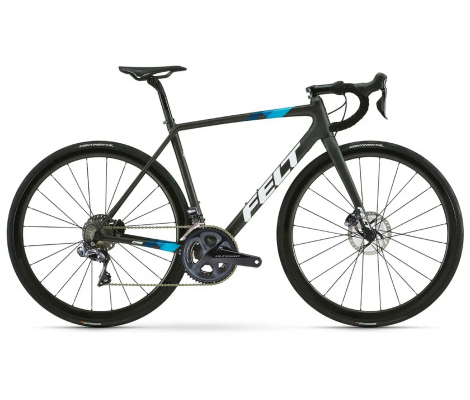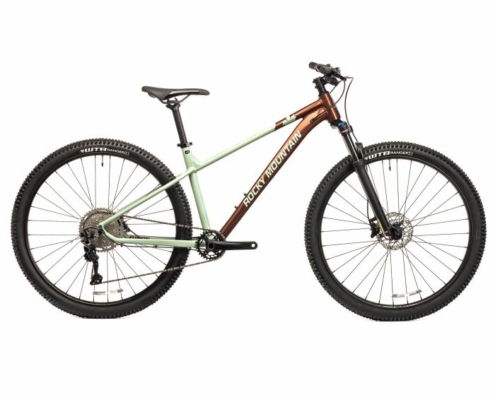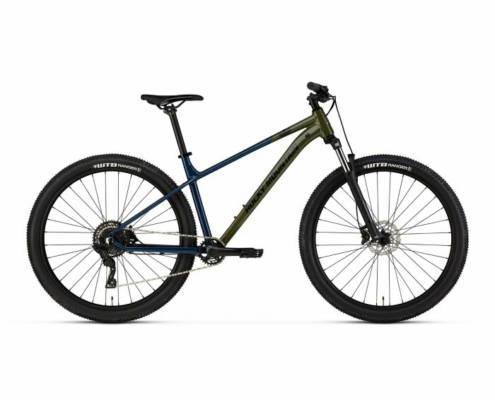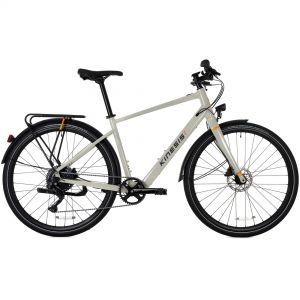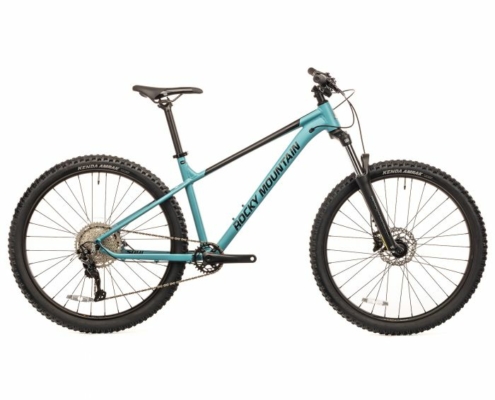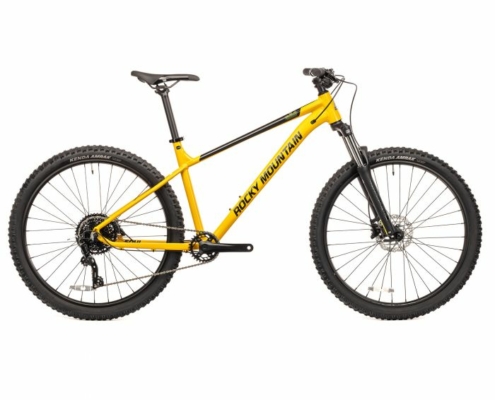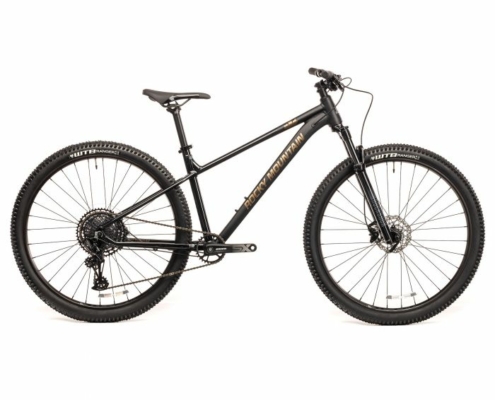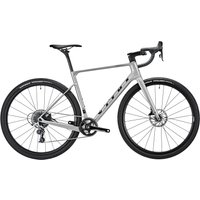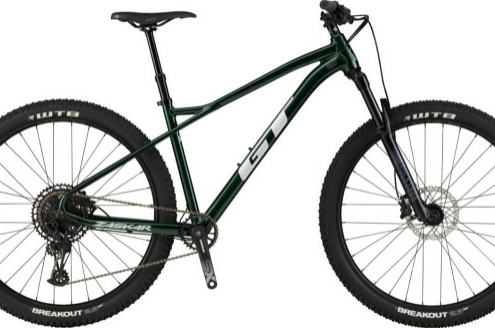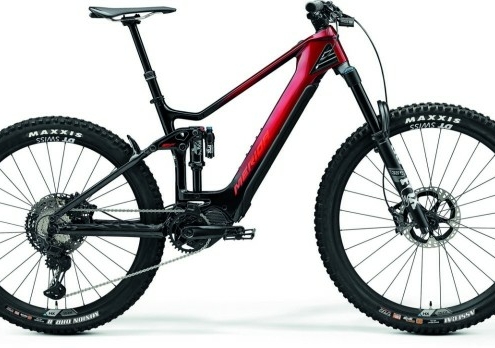It is important to do the basic spring maintenance for a bike with care so the bike will work properly for the whole season. The necessary maintenance steps depend on what kind of bike you are dealing with but the basics are all the same for almost all the bikes. The easiest way to go is to store your bike in a warm and dry place for the off season.
The parts of your bike will stay in better condition by storing the bike properly by preventing water and moisture reaching your bike. Even if you don’t have a storing space inside you can still cover your bike with something that blocks the water. If you want things done easily, it is good to clean the bike before storing because it prevents corrosion during the storage time.
The traditional spring maintenance for a bike is not as hard as you could think. It can be done by everyone with the tools that can be found from almost every household. All you will need is some lubricant and couple of tools depending on the type of bike you have. Normally it is enough if you have these tools: the right sized hexagon key and a screwdriver. During the maintenance you can easily spot if the bike is damaged or it some parts have been worn out.
Bike Maintenance – Chains
Chains are an important part of the spring maintenance and it is important to check the condition before riding the bike. There might be some rust in the chains when you take your bike out from the hibernation. Small amount of rust on the chains is normal and you can get rid of it by oiling the chains with lubricant, chain oil or grease.
The best way is to use the right kind of lubricant designed to chains. These lubricants usually stay on the chains for a long time. There are some spray can versions that will do just fine but they will not last long on the surface. If you value your home clean and tidy it is a good idea to do the oiling outside.
Bike Maintenance – Brakes
Most of the brakes are operated by cables: the cable will tighten when pulling the brake lever and the cable will then move the brake pads in disc brakes and V-brakes. The pads will tighten on both sides of the disc or rim and that will create friction for braking. If you do not have a brake lever in your bike it is not a problem: some bikes have drum brakes that are operated by pedaling backwards.
Brake cables are good for inspection during the maintenance. Especially the end parts because they are connected to moving parts and are exposed to weather. Most of the wiring is covered with plastic outer casing but the ends are not. It is better to change the cable if you spot some wearing or damage at the ends. If the cable ends are in good condition you should check that they are tightened properly to both ends: brake lever and the brakes. Loose cable should be tightened manually by opening the screw on the brake side.
You should use pliers to get a hold on the end of the cable so you can pull it tighter and then tighten the screw back when cable is tight enough. If the cable just a little loose it can usually be tightened from an adjustment screw on the brake lever side. Too loose cable should be tightened with the adjustment screw closed so you can tighten the cables afterwards from brake lever.
Bike Maintenance – Transmission
Transmission is another important part of the spring maintenance so the chain will shift smoothly from one chainring to another. Remember to check that the shifter goes to right place after changing the gear. Sometimes the shifter needs some adjustment: it should not touch the chains when you are not changing the gears. If it does it can wear out the chains.
The transmission usually works by cables and they can be adjusted from the derailleur side of the transmission. You should find some small adjustment screws from both rear and front derailleurs. Those screws are for fine adjustment that will move the shifting parts to a right spot. Finally the parts should be sprayed with some kind of lubricant for a smoother functioning.
You might have a bike that has a hub gears. In that case the maintenance is a lot easier because you do not have to worry about the adjustments so much. Lubricant should still be used to ensure smooth changing.
Bike Maintenance – Tyres
Remember to check the condition of tyres during the maintenance. If the tread is worn out or the sides of a tyre is in bad shape it might be time for changing the tyres. Tyre pressure might have decreased during the winter. If the air doesn’t stay in the tyre it is usually because the inner tube is broken. Use a good pump for inflating the tyres to easily fill them.
Older tyres and inner tubes will get more fragile every year and they should be changed if you spot some cracks or other damage done by the old age. Rubber do not last forever especially when the sun shines to the tyres for the whole summer. It is always an unpleasant situation when the tyre breaks during the ride. Especially when you are in a middle of a longer trip. Flat tyre can also damage the rim.
Bike Maintenance – Frame
Best time to focus on the frame is before you store your bike for the winter. Clean the frame before storing so all the mud and dirt will not cause corrosion to the frame. If you haven’t done this before storing the bike it might be a good idea to do it during the spring maintenance. Cleaning the frame will give you a great possibility to spot any dents that have appeared during the season.
Bike Maintenance – Suspension
If you happen to have a bike with rear suspension it is good to oil them and check them superficially. Check if the stiffness of the suspension is changed during the winter and adjust them to fit you needs. There are so many different kind of suspension mechanisms that have their own kind of adjustments so the best way is to see the right way from the user manual. In the best case scenario lubrication is enough.

